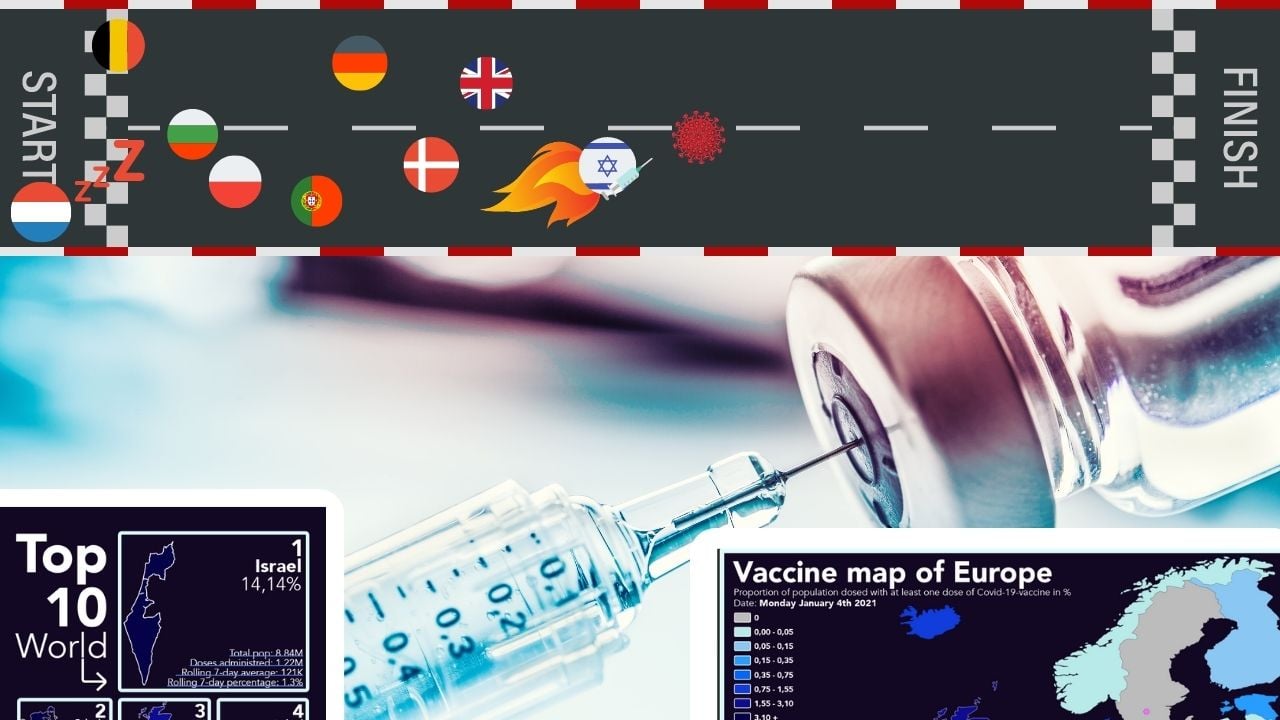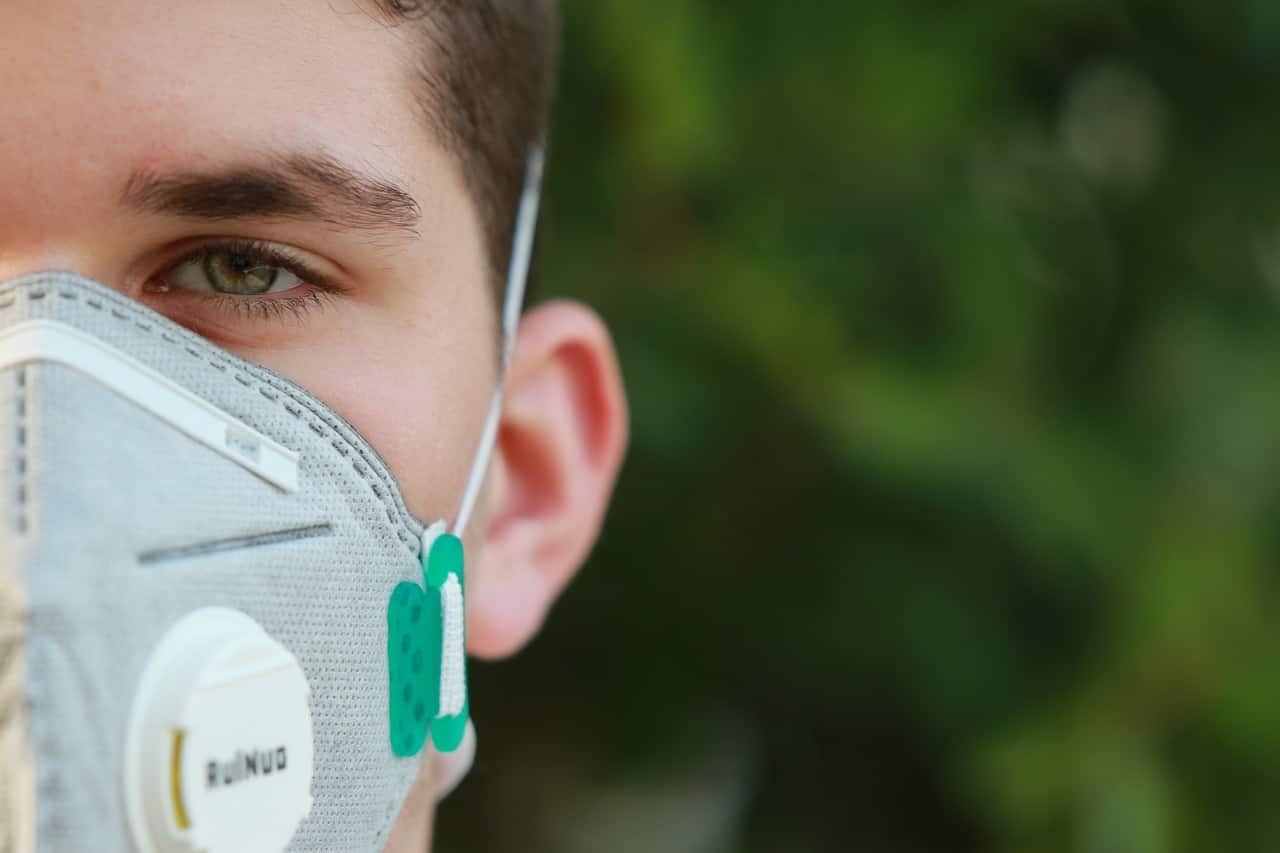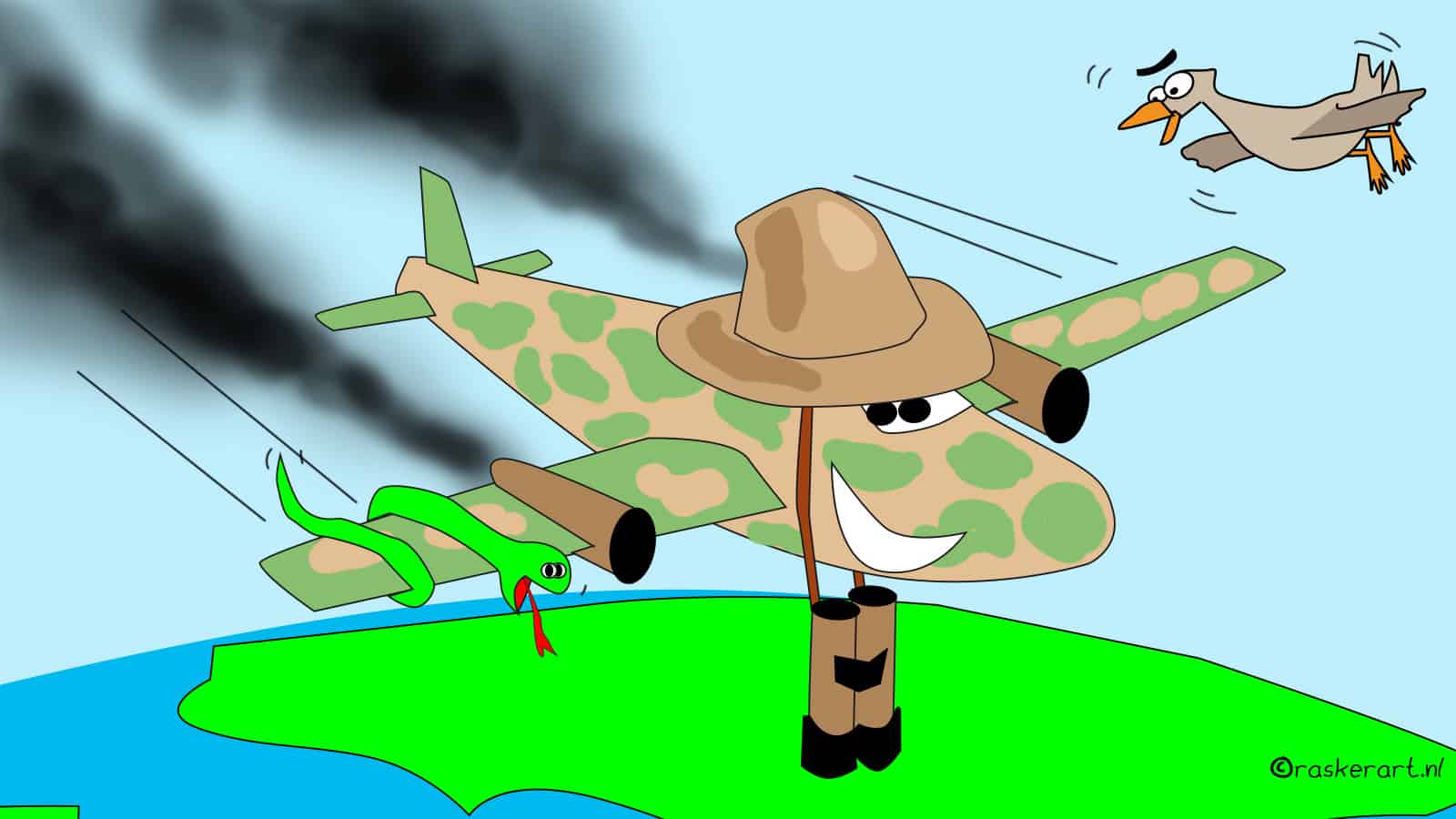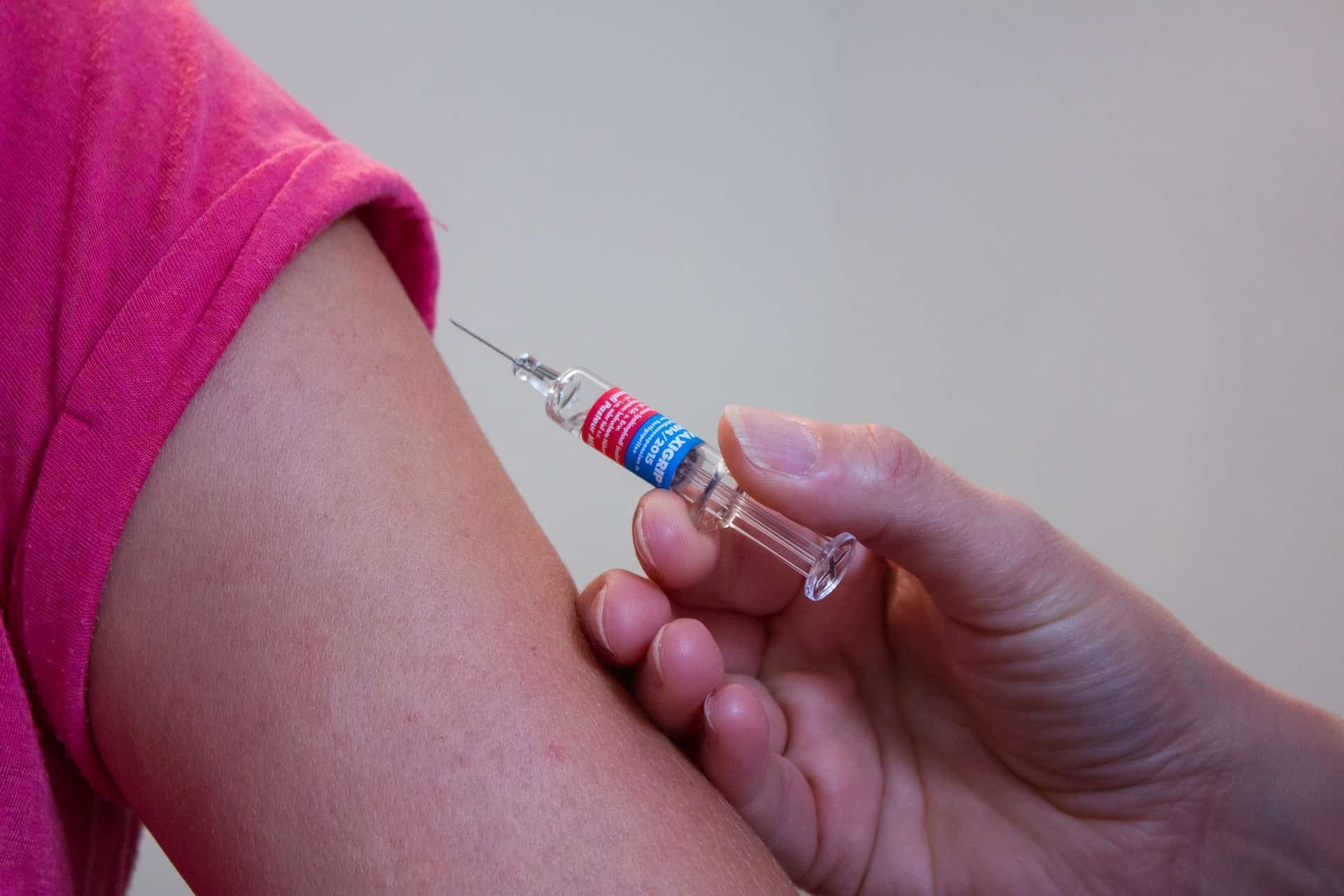
For most European countries, the date of 27 December 2020 marked the kick-off of the largest vaccination campaign in the history of mankind. With mutations from South Africa and Great Britain lurking ahead and a holiday peak in the offing, the next phase of the COVID-19 pandemic erupted.
Europe is rather early compared to the rest, but some countries already got started in the second week of December, like Israel and the United States. Dozens of countries are now out of the starting blocks. The goal? To bring about enough herd immunity as soon as possible so that the pandemic phase of COVID-19 can enter the history books as soon as possible. For the Netherlands, this seems to be a bit less in the past weeks.
The Netherlands was the only country in the EU to close 2020 without having given a single injection. Although tens of thousands of vaccines have been received by now, the counter is still at zero. Minister of Health, Welfare and Sport Hugo de Jonge said last week that in Europe only Germany and Denmark would have the logistics in place after their ‘symbolic kick-off’. But is this really the case? OurWorldinData has a very comprehensive and up-to-date dataset for that.
The answer is no. Thousands, if not tens of thousands or hundreds of thousands of serums have already been administered all around us. This is what the new Vaccination Map of Europe from Monday 4 January looks like.


Symbolic start or quick start?
This is not the first time that the Netherlands is struggling logistically to keep up with the rest of the continent during the corona pandemic. Getting off to a difficult start is reminiscent of last summer when test capacity was being scaled up. What is striking about the map of Europe is that the countries that had their test capacity in good shape at the time – Denmark and Great Britain – are once again the continental frontrunners. Yet these countries are not unique.
Almost every EU country has continued to vaccinate its population against COVID-19 after its first ‘symbolic’ injection. Of the EU countries, only Belgium, Cyprus, Sweden and the Czech Republic will remain without having administered any vaccinations at the beginning of 2021. But in the rest of the Union, injection needles are being inserted into upper arms every day. Even the majority of the Central and Eastern European countries, not necessarily known for the infrastructure required to carry out such a project, seem to be coming along very well. Portugal, Spain and Italy are also getting off to a good start.
The absolute frontrunner worldwide is Israel, a country that seemed to go under after a very substantial autumn peak. The country failed in just about everything at the time but apparently doesn’t want to be an outlier again. With the help of the enormous extra man and womanpower in the form of conscripts and reservists, a vaccination operation has been started putting them at the top on a worldwide scale. On January 4, 1.22 million Israelis had already received a shot, accounting for more than 14% of the entire population and 121,000 a day (1.3% of the population). The pace is also good: This can be clearly seen in the table below.
Careful wrangling and fiddling
Participating in a celebratory Vaccination Day was never an option in the Netherlands. But that was all right, assured Minister De Jonge in December. Other countries would struggle just as much as the Netherlands with logistical problems in the supply chain, which meant that little would be done after the first ‘injection moment’. This also happened in the Netherlands, but especially with the starting date. First, it was January 4. After the public health services (GGDs) objected, it moved to the end of January, but in consideration of the small size of the country, the date of 8 January was chosen. But this came only after the Christmas break, which the cabinet even broke off a week earlier because of the ‘urgent’ corona crisis.
Because the pandemic is still in full swing, hospitals in the Netherlands are filling up and more and more. On New Year’s Eve, IC chiefs Diederik Gommers and Ernst Kuipers sounded the alarm: Hospital staff had to be vaccinated as soon as possible to prevent a disaster “code black” scenario. Hugo de Jonge responded after grabbing a well-deserved long weekend on which he could be seen as a New Year’s Eve guest on the Dutch TV show RTL Boulevard. It was still a day earlier than the healthcare personnel who could not get inoculated until January 7.
The explanation for this embarrassingly slow start also changes almost weekly. The excuse that carelessness and safety were paramount elsewhere was already dismissed after Christmas. Last week it was suddenly “not feasible” to start inoculating earlier. And on the first working day of 2021 it turned out to be possible to start earlier, but then the Netherlands showed “insufficient flexibility“. On Monday, a new vaccination strategy was presented in which the hospital staff were the first to be vaccinated. If ‘everything goes well’, the entire population could be vaccinated by the third quarter.
Israel, which looked so hopeless at the beginning of October, shows like no other country how to learn from their colossal corona errors from the past. If they continue at this pace, they will have completed their entire vaccination campaign as early as April.
Improvising without learning
The Netherlands also seems to have let itself be caught off guard in this new corona chapter. But this should no longer come as a surprise. Issues such as the pandemic lines of defense not being in order, power games, hiring too late or having too few staff, ICT blunders, and the absence of anything akin to a strategy form a fairly fixed pattern. While the ‘corona minister’ has to once again answer for delays, decentralized sluggishness, chasing after the facts, being caught out by extremely predictable things and broken promises, tomorrow hundreds of thousands of people will again be vaccinated against the coronavirus in the rest of the world, while here the counter is still at zero.
But the day after tomorrow, that’s when we’ll start. This time for real. We will see in the coming months whether the Netherlands has a good final sprint in its legs. Nothing can be changed about the false start resulting in being two weeks behind dozens of other countries. For the time being, the Netherlands, together with Albania, Moldova, Belarus, Bosnia-Herzegovina, Montenegro, Ukraine and North Macedonia is the red lantern of Europe. Apart from being an embarrassing deception, this decentralized wrangling is costing people their lives.
The rolling average in the graph below comes with a probability bordering on certainty because of the holidays, a time when, despite the restrictions, people visited each other more often than in the rest of the year. Even devastated Spain, at the bottom of the European corona league, seems to be rolling out the vaccinations nicely.
Jelmer Visser







